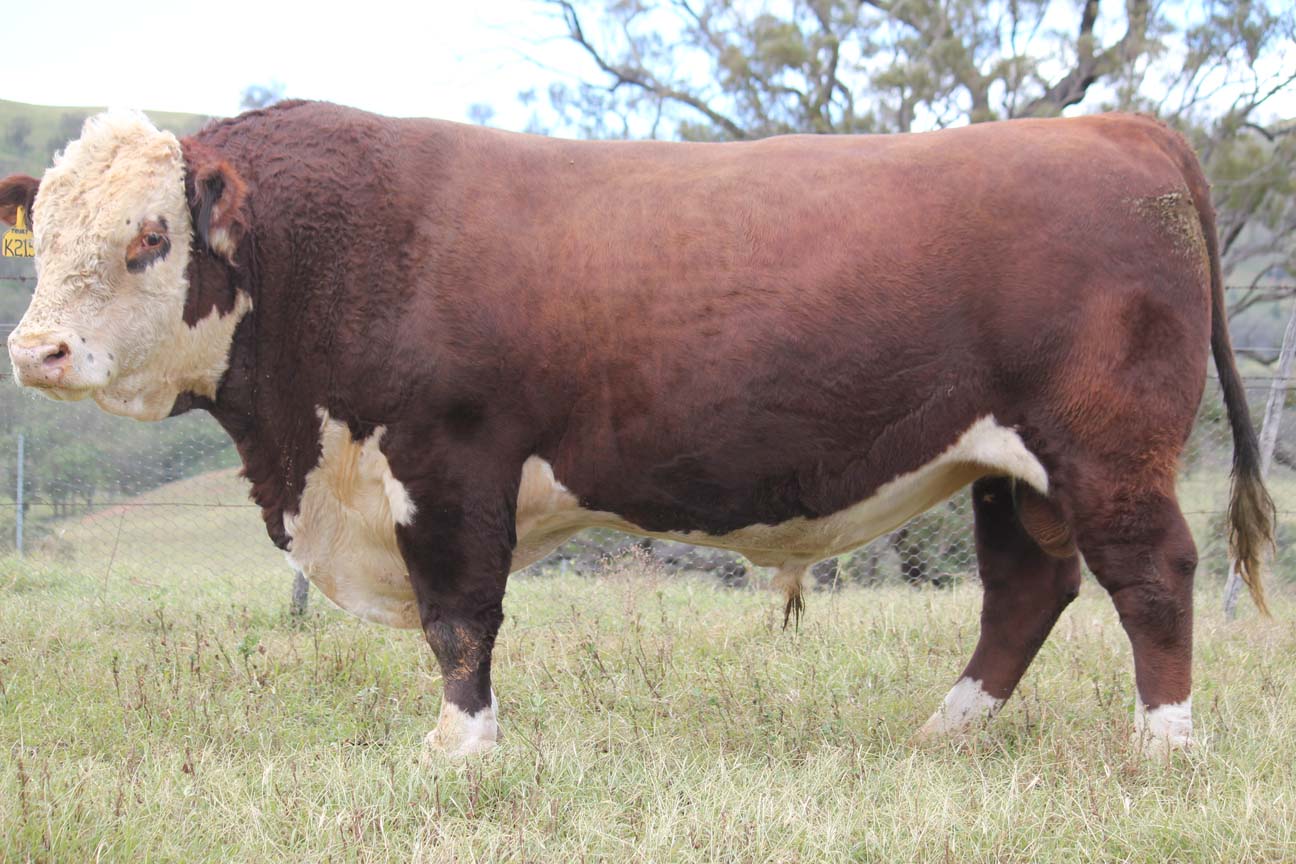Calving Ease
As commercial breeders, our income is heavily dependent on the number of calves produced and the weight of those calves when sold.
This confirms that one of the most important fertility traits for breeding females is for them to calve unassisted and so ensure a higher number of vigorous live calves are produced.
Nationally, an MLA sponsored report identified dystocia (calving problems) as the 4th most costly disease in cattle! Cattle tick and buffalo fly were more costly, but as those diseases are mainly northern area diseases, it leaves dystocia as the 2nd most costly disease of cattle in our temperate areas.
Research has shown that using sires with low birth weight and/or high Calving Ease (CE) Direct have similar effects. They can improve CE in the individuals but CE of the progeny is reduced, as is their growth potential.
However, selection for high CE Daughters improves CE of the individual and of the progeny and doesn’t reduce the progeny growth potential. Selection for CE Daughters also reduces Gestation Length.
At Elite we put much emphasis on calving ease, but consider CE daughters particularly, to be the valuable trait to prioritize for any self-replacing straight-bred herd selection program.
Whilst selection for improved carcase traits is extremely important for any commercial herd calving ease is more important initially.
By increasing the EBV value of this trait in the females we are increasing the genetic ability of them to calve unassisted and this improved ability is permanent and able to be passed on to their own offspring.
Using sires with high CE daughters EBV’s over the entire herd, not just the heifers, is the quickest way to put this valuable trait into the herd, through their daughters. Sires used over the mature females therefore need to have good CE daughters as well as the growth and carcase traits necessary for the market supplied.
As a sire’s daughters generally remain in the herd for at least 7 years, his genetic influence, through them, for CE and other traits, is quite long term. Hence the need to not delay in introducing this valuable trait.
The benefits of unassisted births are many and include supervision cost savings, veterinary services cost savings, less calf losses, better calf growth, improved animal welfare, more fertile dams for rejoining, and more peace of mind.
There many factors that can influence ability to calve, but to ignore the genetic component is to ignore a “free lunch” which definitely works!
As the influence of genetic CE daughters increases within a herd, it will override some of the negative environmental and management influences on CE.
Often it is said a high growth bull has “grunt”, but, unfortunately, if he doesn’t have CE as well it will be his heifers that have to “grunt”!
Calving Ease (Dtrs) Selection Progress at Elite
 |
 |
 |
 |

ELITE TRUST K215 (AI)(S)

